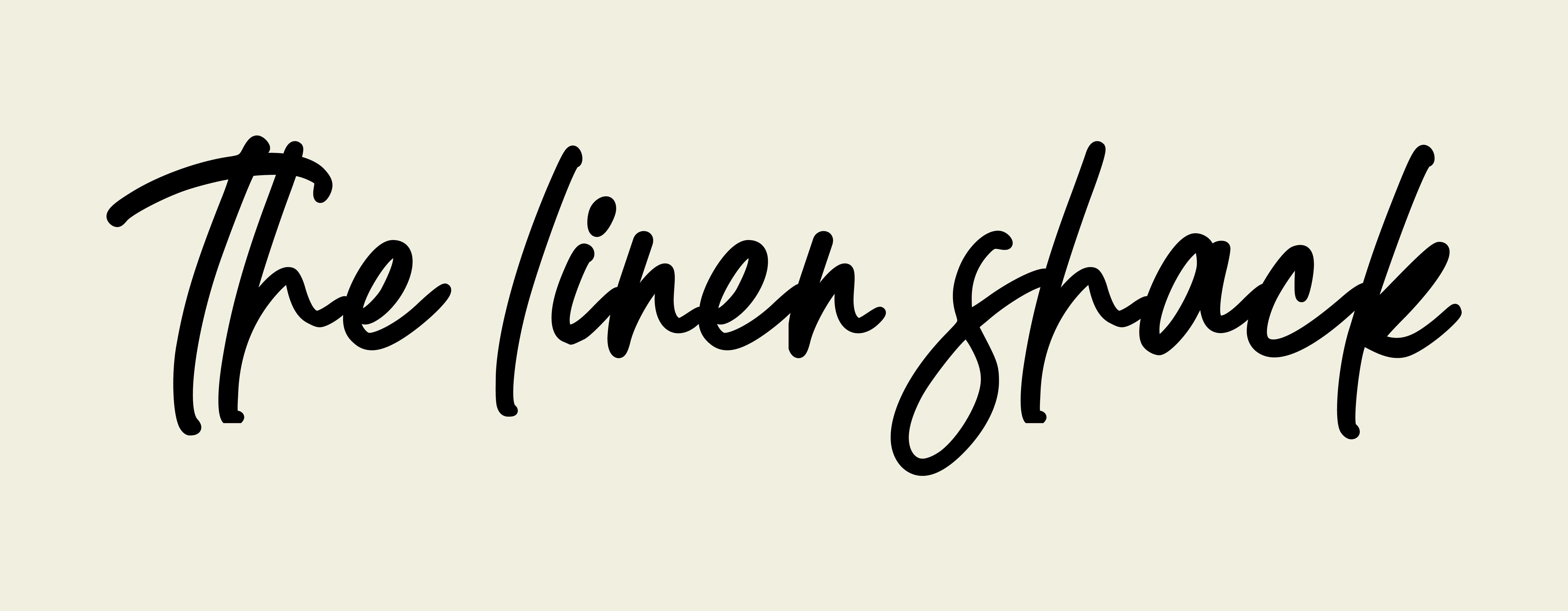What is white linen and the process of weaving white linen finished products?
White linen is a fabric made from the fibers of the flax plant. Linen fibers are durable, absorbent and breathable, making them ideal for creating clothing, bed sheets, tablecloths and other home textiles.
The process of weaving white linen involves several steps:

Harvest: Flax plants are usually harvested in the summer months when the stems have turned yellow but before they start to rot.
Retting: The flax stalks are soaked in water for several days to break down the pectin that binds the fibers together.
Scutching: After crushing, a wooden mallet separates the flax fibres from the stem.
Hackling: The flax fibers are combed several times to remove residual impurities and straighten the fibers.
Spinning: The flax fibers are rotated using a spinning wheel or mechanical device.
Weaving: Linen yarn is then woven on a loom to create the desired pattern and texture for the finished product.
Bleaching: Linen is usually bleached after weaving to achieve a bright white colour.
Finishing: The fabric is then completed by washing, ironing, and cutting to create the final product, such as a tablecloth or shirt.
In general, weaving the finished white linen product is laborious and time-consuming, requiring ingenuity and precision to create a high-quality product.
Use white linen to make printed linen.
White linen can be used as a background to create printed linen. Printing on linen often involves using a printing technique, such as screen printing or digital printing, to apply a design or pattern to the fabric.
Here are the basic steps involved in creating printed linen from white linen:

Prepare a design: Create a design or pattern you want to print onto linen. You can create the design using a computer program or draw it by hand.
Fabric Preparation: Wash and dry white linen to remove dirt or impurities. Iron the fabric to make sure it is flat and wrinkle-free.
Prepare printing equipment: Depending on the printing technique you are using, you may need to set up a screen printing frame, prepare ink, or set up a digital printer.
Apply Design to Fabric: Apply a design or pattern to white linen using a printing device. Make sure to apply the ink evenly and let the ink dry completely.
Finish Printed Linen: After the design has dried, you may need to heat the ink to ensure it lasts long. You can then wash and dry the printed linen if required.
Using white linen as a background for printed linen can create a unique and personalized textile product. This process requires some specialized equipment and knowledge of printing techniques. Still, with some practice, it is possible to produce high-quality printed linen.
What is the application of white linen?

White linen is a versatile fabric that can be used for many applications, including:
Clothing: Linen clothing is popular in warm weather because of its breathable and moisture-wicking properties. White linen shirts, pants, skirts, and dresses are all popular clothing items made from white linen.
Bedding: Linen bedding is becoming increasingly popular because of its natural softness and breathability. Bed sheets, pillowcases, and white linen duvet covers are all everyday items made from white linen.
Tablecloths and napkins: White linen tablecloths and napkins are often used for formal occasions such as weddings, dinners, and other special events. Linen is prized for its natural elegance and durability, making it a popular tablecloth choice.
Upholstery: Linen upholstery fabric is used for furniture such as sofas, chairs, and curtains. White linen upholstery can create a natural and comfortable look in a room.
Bath Towels: Linen towels are highly absorbent and quick to dry, making them ideal for use in the kitchen or bathroom.
Arts and crafts: Linen is also used for arts and crafts such as embroidery, needlework, and quilting. White linen can create a neutral background for colourful embroidery or embellishments.
White linen is a versatile fabric that can be used for many applications. Its natural elegance, durability and breathability make it a popular choice for clothing, bedding, tablecloths, upholstery, towels, artwork, and crafts.

